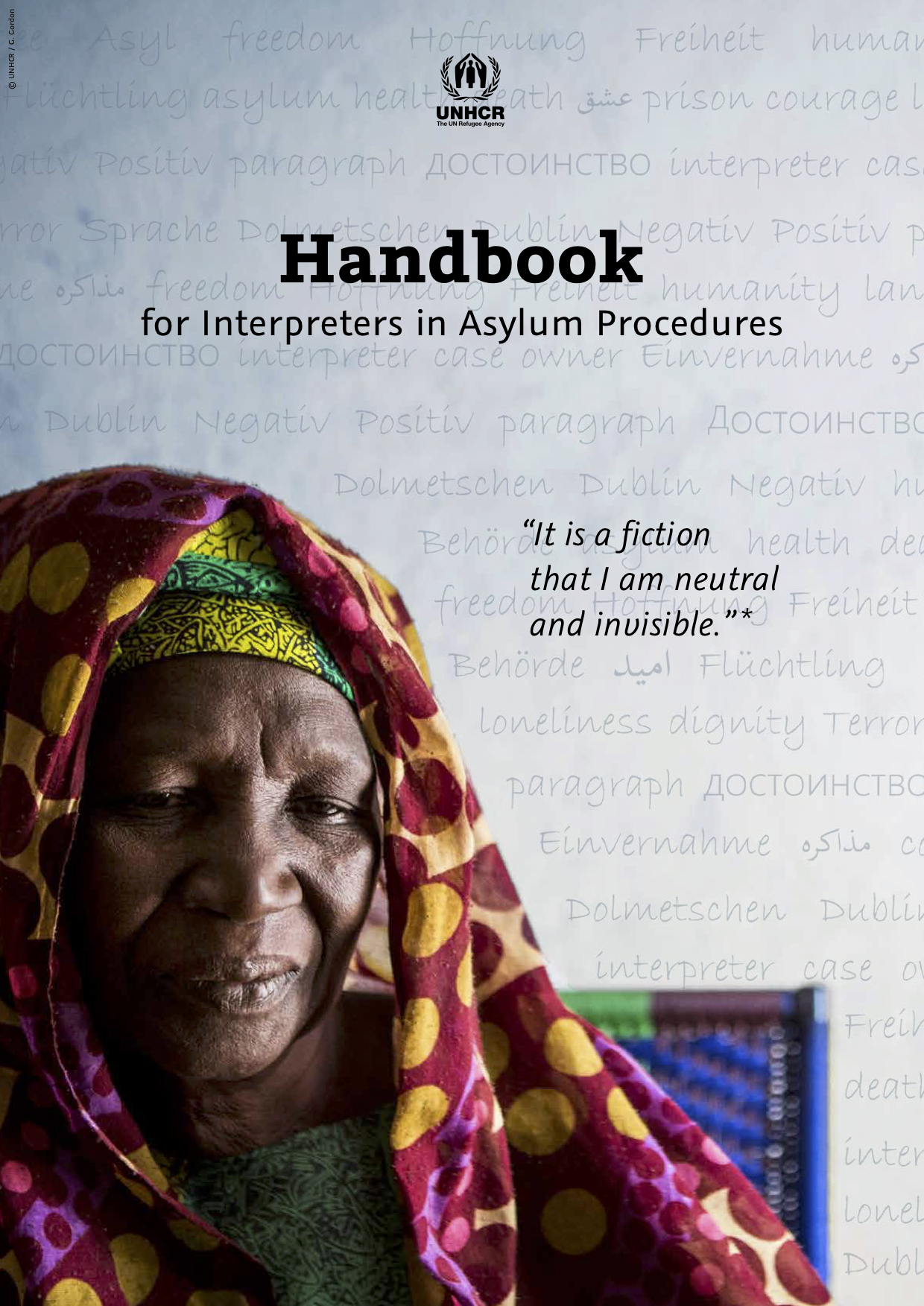#KeepingUpWithTheInterns
Hello everyone, I hope that you and your loved ones are well and in a good health. It’s getting really hot again and let us not mention Malta’s humid and rather enjoy the air conditioning and fans.
Today I will be sharing the second part of my previous blog post, about my perspectives on interpreting for refugees.
In this part, I will be focusing on the process of interpreting and how it’s practiced.
How to choose the right interpreters/cultural mediators for interpreting for refugees?
By checking their language, dialect and background and assuring that it is as close as possible to those of the client. Also, by ensuring the person is familiar with the commonly used terminology. It is also important to keep in mind the relevant ethical standards. For example, one should be aware that an interpreter/cultural mediator should not be a family member, a friend or a minor.
Also, professional interpreters – as opposed to cultural mediators – should not add comments during the session but limit themselves to exactly what is being said. Emotional involvement with the person or the issue must be avoided, in order to be free from bias. A professional interpreter should not feel uncomfortable interpreting conversations on sensitive themes: violence, sexual orientation and gender identity, politics, ethnic conflict, personal secrets, etc. In all cases, a guarantee of full confidentiality is imperative.
Interpretation is composed of stages
The interpreter/cultural mediator usually goes through several stages for any interpretation episode. These are stages before, during and after the process of interpreting itself. Those stages are generally guided by the interviewer.
Before the interview session, it is useful to explain briefly to the interpreter the purpose of the session and to discuss the refugee’s background. It is also useful to discuss and agree on interpretation preferences: pace, pauses, further questions, hesitations, etc. The interviewer should also let the interpreter know that the session may be interrupted if the interpreter needs a break. Also, the interpreter could be given a brief about the terminology to be used, possible visual aids and the concepts that are likely to arise in the session.
At this stage, it is important to re-emphasise the importance of confidentiality and boundaries.
During the interview session, the interviewer should introduce themselves as well as the interpreter. The interpreter should then also personally introduce themselves again to the refugee, so as to try to establish trust. Confidentiality should be explained to the refugee, and they should be told that they can ask questions when needed. The right seating plan for the interview session should be determined. The refugee should understand that the main conversation is between the him/her and the interviewer, and not with the interpreter. The role of the interpreter is to support and facilitate this conversation, not to guide it or be part of it.
The interviewer should speak with their natural voice and pace, avoiding artificiality. Furthermore, the interviewer should pause at the end of every two or three sentences, in accordance with the discussions with the interpreter. The thoughts of the interviewer should be linked and the interviewer should avoid breaking up a thought or sentence. In this way, the refugee would be able to more easily follow the sense of a string of sentences. It is important for the interviewer to give enough time for the interpreter to finish the interpretation before adding something new.
The interviewer should speak directly to the refugee and not to the interpreter. Words like “Tell him/her/them” should be avoided! Also, the interviewer should use proper nouns and visual aids where needed. On a regular basis, the interviewer should pause the session to make sure the refugee is understanding the provided interpretation.
After completing the session, the interviewer should thank the interpreter for their collaboration. It is always useful for the interviewer to give feedback on the interpretation service, and on what could be improved. The interviewer should ensure that any notes taken by the interpreter are destroyed before they leave in order to ensure full confidentiality.
Conclusion
To conclude, interpreters possibly coming from the same country or with a similar background to the refugee might feel a strong identification with the refugee due to a shared trauma or history. It is also possible that the interpreter could have personal disagreements or beliefs in relation to the content just interpreted. As an interpreter, remember that all of this is normal and bound to happen. Eventually, in time and with practice you as an interpreter will become more and more professional in your approach.
Thank you,
Rimaz
#KeepingUpWithTheInterns is part of our project Marginalised Persons as Human Rights Volunteers. If you want to follow Matthew and Rimaz as they navigate their way through Malta’s human rights landscape, subscribe to our News & Updates or follow them on our social media pages!
This project has been funded through the Voluntary Organisations Project Scheme managed by the Malta Council for the Voluntary Sector on behalf of Parliamentary Secretary for Youth, Sports and Voluntary Organisations within the Ministry for Education and Employment. This project/publication reflects the views only of the author, and the MEDE and the MCVS cannot be held responsible for the content or any use which may be made of the information contained therein.





